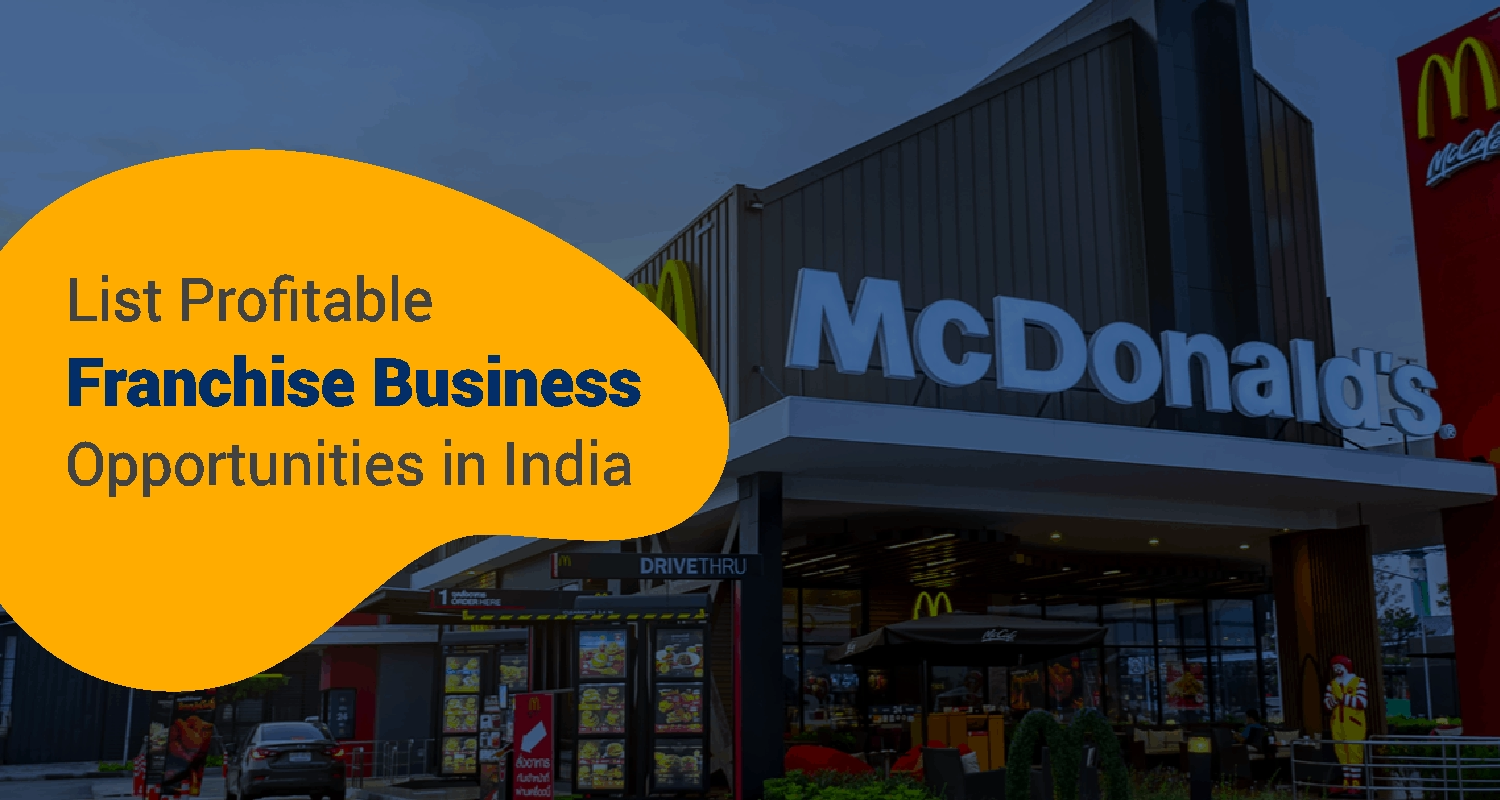GST on Food & Restaurants – Rules, Rates & Applicability

Goods and Services Tax (GST) applies to food items and restaurant services based on their classification. It replaces multiple indirect taxes and provides a uniform tax structure. Different GST rates apply to food items in India based on their type: fresh food items like vegetables, milk, and grains are exempt (0%), and branded and packaged food items attract 5% GST.
Processed foods like packaged meat and ready-to-eat meals fall under the 12% slab, while packaged snacks, chocolates, and soft drinks are taxed at 18%. Similarly, restaurant services are taxed at 5% (without ITC) for most establishments, while those within hotels charging room tariffs above ₹7,500 are taxed at 18% (with ITC).
GST Overview in the Context of Food and Restaurants
GST is a single tax on the supply of goods and services. It aims to simplify the taxation process and eliminate the cascading effect of taxes. In the food and restaurant industry, GST rates vary based on the type of food and the nature of the establishment, influencing pricing and consumer behaviour.
How a pre-GST Food and Restaurant Bill Looked Like
Before GST, restaurant bills included multiple taxes:
- VAT (Value Added Tax): Applied by states on food and beverages.
- Service Tax: Applied to services in air-conditioned restaurants.
- Excise Duty: Levied on alcoholic beverages.
- Other Charges: Included Swachh Bharat Cess and Krishi Kalyan Cess.
GST simplified this by replacing these multiple taxes with a single levy based on the type of restaurant and food items
GST Rates on Food Items
The GST on food varies depending on whether the item is fresh, processed, or packaged. Below is a breakdown of applicable rates:
| Food Category | GST Rate |
|
Fresh vegetables, milk, grains (essential food items) |
0% |
|
Branded and packaged food items |
5% |
|
Processed foods (packaged meat, ready-to-eat meals) |
12% |
|
Packaged snacks, chocolates, soft drinks |
18% |
Sapna aapka. Business Loan Humara.
Apply NowGST Rates for Restaurants
Restaurants are taxed based on their nature of service, input tax credit (ITC) eligibility, and whether they operate within a hotel or as a standalone entity.
| Type of Restaurant | GST Rate |
|
Food supplied or catering services by Indian Railways/IRCTC |
5% (without ITC) |
|
Normal/composite outdoor catering within hotels (room tariff < ₹7,500) |
5% (without ITC) |
|
Standalone restaurants, including takeaway |
5% (without ITC) |
|
Restaurants within hotels (room tariff < ₹7,500) |
5% (without ITC) |
|
Standalone outdoor catering services or food delivery services |
5% (without ITC) |
|
Normal/composite outdoor catering within hotels (room tariff ≥ ₹7,500) |
18% (with ITC) |
|
Restaurants within hotels (room tariff ≥ ₹7,500) |
18% (with ITC) |
GST Rules for Restaurants
Restaurants must adhere to specific regulations under GST, including maintaining proper documentation for tax credits and ensuring compliance with filing requirements. Non-compliance can lead to penalties and loss of ITC benefits.
- Restaurants charging 5% GST cannot claim Input Tax Credit (ITC).
- Those charging 18% GST (restaurants in hotels with room tariffs ≥ ₹7,500) can claim ITC.
- Service charge is not governed by GST but is added separately by restaurants at their discretion.
How GST Affects Food Delivery Services
Food delivery services are also subject to GST, typically at the same rates as the restaurants from which they source food. This standardisation ensures transparency in pricing and helps consumers understand the tax implications of their orders.
GST Billing in Restaurants: Examples
To illustrate, consider a meal costing ₹1,000 in a standalone restaurant:
- GST (5%): ₹50
- Total Bill: ₹1,050
Conversely, a meal in a hotel with a room tariff of ₹8,000:
- GST (18%): ₹180
- Total Bill: ₹1,180
Recent Updates on GST for Food and Restaurants
The 55th GST Council has proposed significant changes for hotels and restaurants effective April 1, 2025. These changes link GST rates to the actual value of accommodation services, replacing the previous "declared tariff" concept. Restaurants located in hotels will see a 5% GST without ITC, but they also have the option to choose 18% GST with ITC, depending on the accommodation tariff. This adjustment aims to provide a more equitable taxation system for the hospitality sector.
Conclusion
The GST on restaurants varies based on the type of service, ITC eligibility, and whether the restaurant operates within a hotel. Restaurant GST rate is usually 5% without ITC for standalone outlets and 18% with ITC for those in premium hotels. The GST on restaurant food ensures uniform taxation, simplifying billing compared to the pre-GST era. Understanding the GST on restaurant food and its impact on pricing helps businesses comply effectively while informing customers about their expenses.
FAQs
Q1. What is the highest GST rate for food items?Ans. The highest GST on food in restaurants is 18%, applicable to packaged snacks and soft drinks.
Q2. Are all food items subject to GST?Ans. No, essential food items like fresh vegetables and grains are exempt from GST.
Q3. Can restaurants claim Input Tax Credit (ITC)?Ans. Yes, restaurants meeting specific conditions can claim ITC on the GST paid on inputs.
Sapna aapka. Business Loan Humara.
Apply NowDisclaimer: The information contained in this post is for general information purposes only. IIFL Finance Limited (including its associates and affiliates) ("the Company") assumes no liability or responsibility for any errors or omissions in the contents of this post and under no circumstances shall the Company be liable for any damage, loss, injury or disappointment etc. suffered by any reader. All information in this post is provided "as is", with no guarantee of completeness, accuracy, timeliness or of the results etc. obtained from the use of this information, and without warranty of any kind, express or implied, including, but not limited to warranties of performance, merchantability and fitness for a particular purpose. Given the changing nature of laws, rules and regulations, there may be delays, omissions or inaccuracies in the information contained in this post. The information on this post is provided with the understanding that the Company is not herein engaged in rendering legal, accounting, tax, or other professional advice and services. As such, it should not be used as a substitute for consultation with professional accounting, tax, legal or other competent advisers. This post may contain views and opinions which are those of the authors and do not necessarily reflect the official policy or position of any other agency or organization. This post may also contain links to external websites that are not provided or maintained by or in any way affiliated with the Company and the Company does not guarantee the accuracy, relevance, timeliness, or completeness of any information on these external websites. Any/ all (Gold/ Personal/ Business) loan product specifications and information that maybe stated in this post are subject to change from time to time, readers are advised to reach out to the Company for current specifications of the said (Gold/ Personal/ Business) loan.



